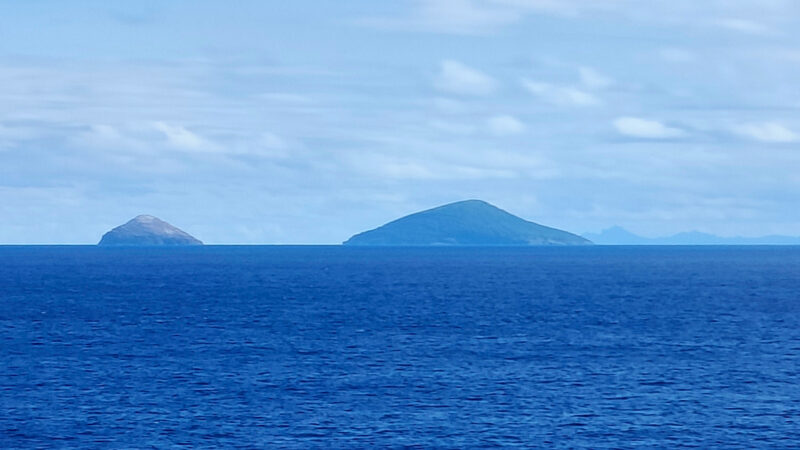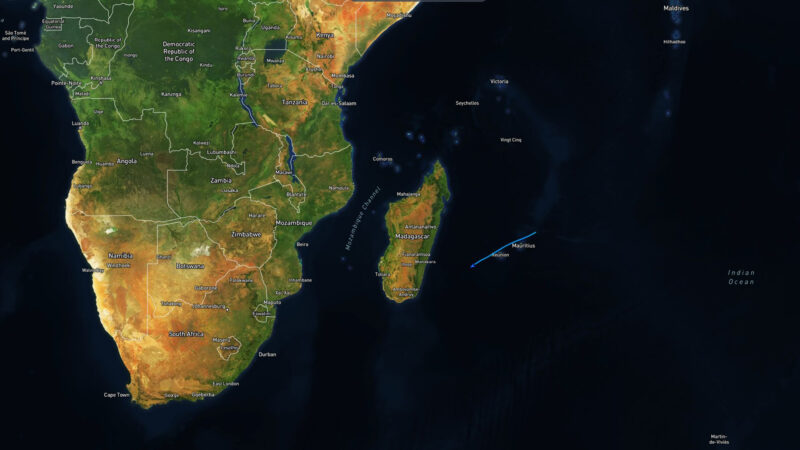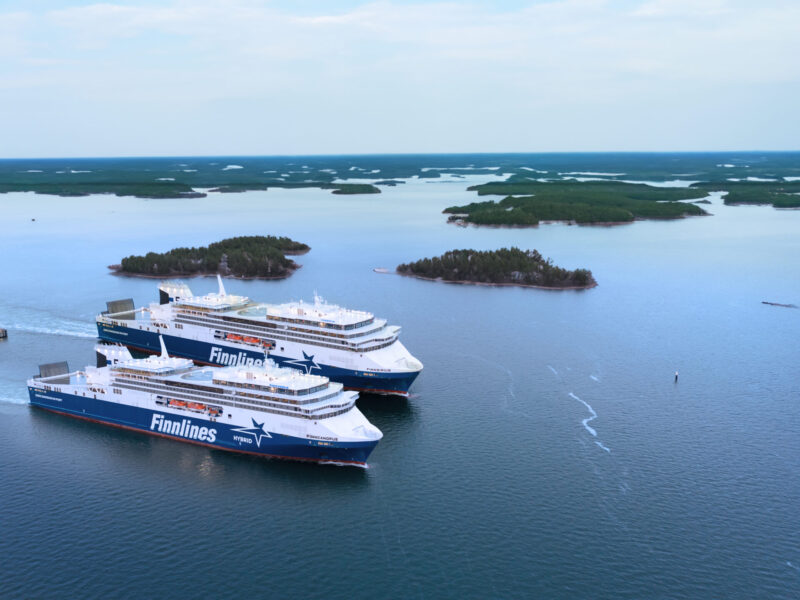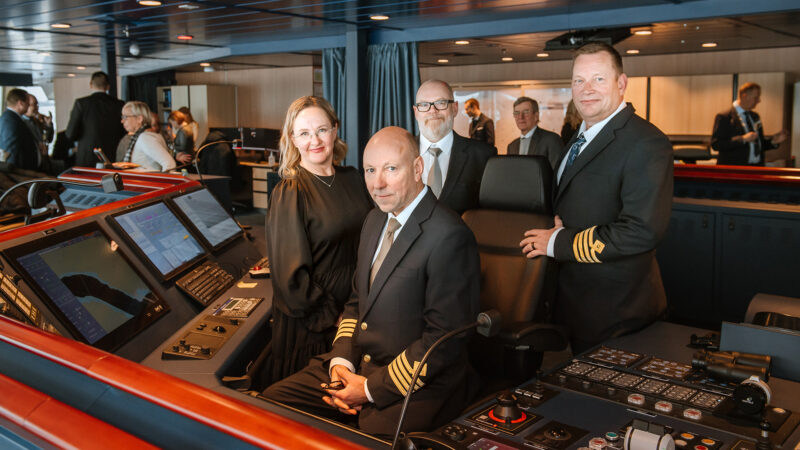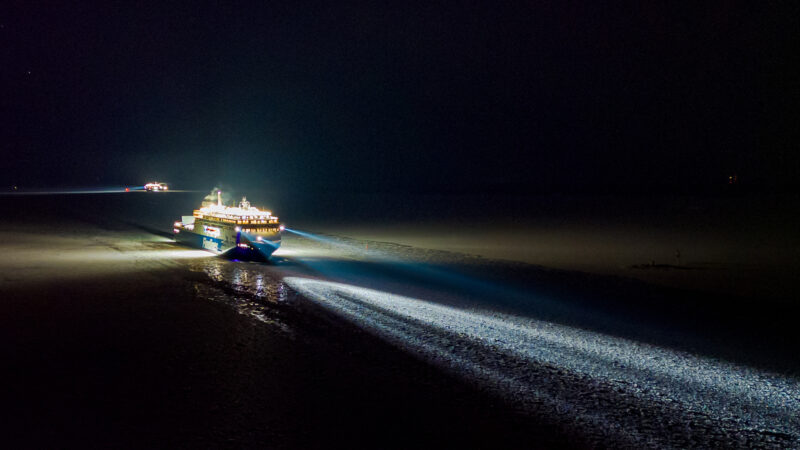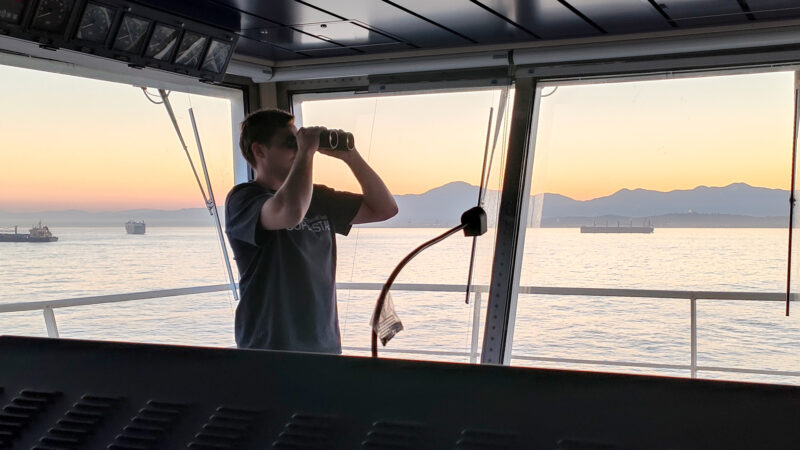The crew of Finncanopus has been accepted into Neptune’s ranks
The route of Finncanopus to Europe circumnavigates Africa. The choice of route resulted in crossing the equator in the Indian Ocean, which involved a fun ritual
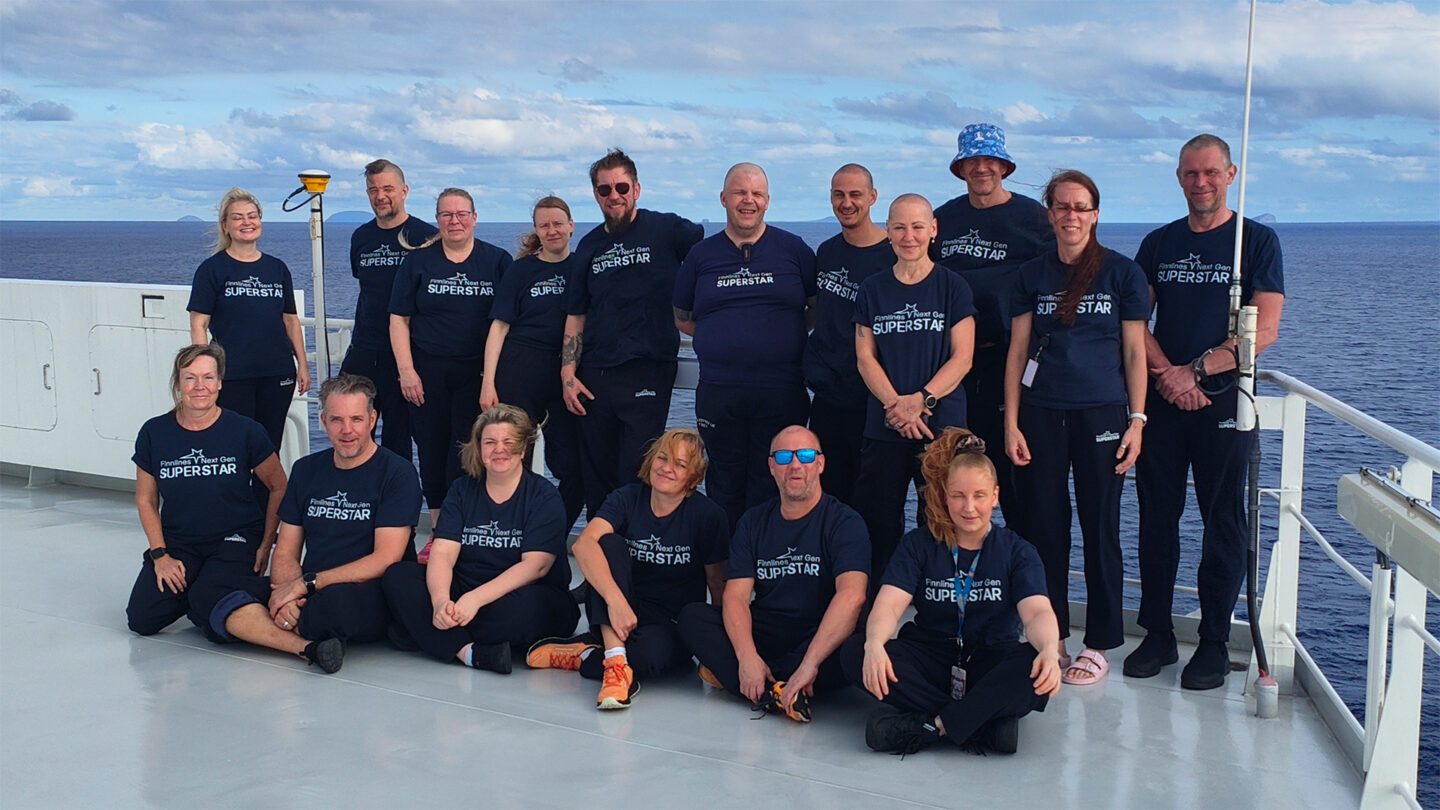
In this post, we once again share news from Finncanopus, where an ancient rite, hundreds of years old, has been celebrated. Jump aboard! You’ll meet Neptune and learn how a Shrove bun is related to the Finncanopian line-crossing ceremony.
Celebrating Maritime Tradition with a Line-Crossing Ritual
The Equator Crossing, also known as the Line-Crossing Ceremony, is an ancient maritime tradition associated with a sailor’s maiden crossing of the equator. Known since the 17th century, the tradition features a significant role for the sea deity, King Neptune. In the ceremony, first-timers, dubbed ‘Pollywogs’, undergo ‘baptism’ to earn the title of ‘Shellbacks’, thereby becoming subjects of King Neptune.
The tradition of the Line-Crossing Ceremony has been preserved for centuries, and it continues to be a part of many contemporary naval and merchant fleets, albeit in an evolved form. Modern celebrations place greater emphasis on safety and team spirit, transforming the event into a more symbolic and less physically demanding ritual.
During the time of the Dutch East India Company, some of the original harsher practices of the line-crossing ceremony were toned down. For instance, it was decided that the initiates should not be baptized in the sea, meaning they shouldn’t be thrown overboard. However, offering wine to the crew during the ceremony was a way to celebrate this significant event.
As you might guess, no one was thrown into the sea from Finncanopus, and the baptism was safely conducted on our ro-pax’s open deck. Instead of wine, Shrove buns were offered in the mess after the ceremony. Shrove buns, you ask? Well, why not, since we are on a Finnish ship and technically it’s already late winter.
After the ceremony, several crew members decided to get what’s known as a Shellback tattoo, marking their journey. This is a way to show pride and belonging to the maritime profession. It symbolizes community and shared experiences at sea. Such tattoos often serve as conversation starters and community builders among seamen. The Shellback tattoo often features a turtle as its subject.
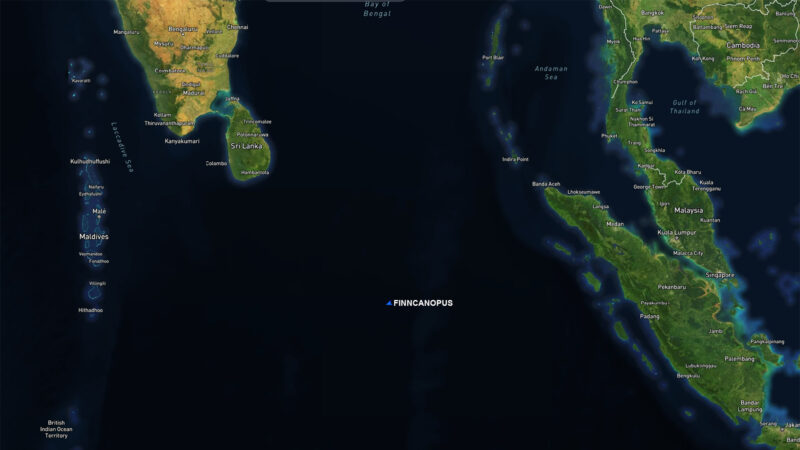
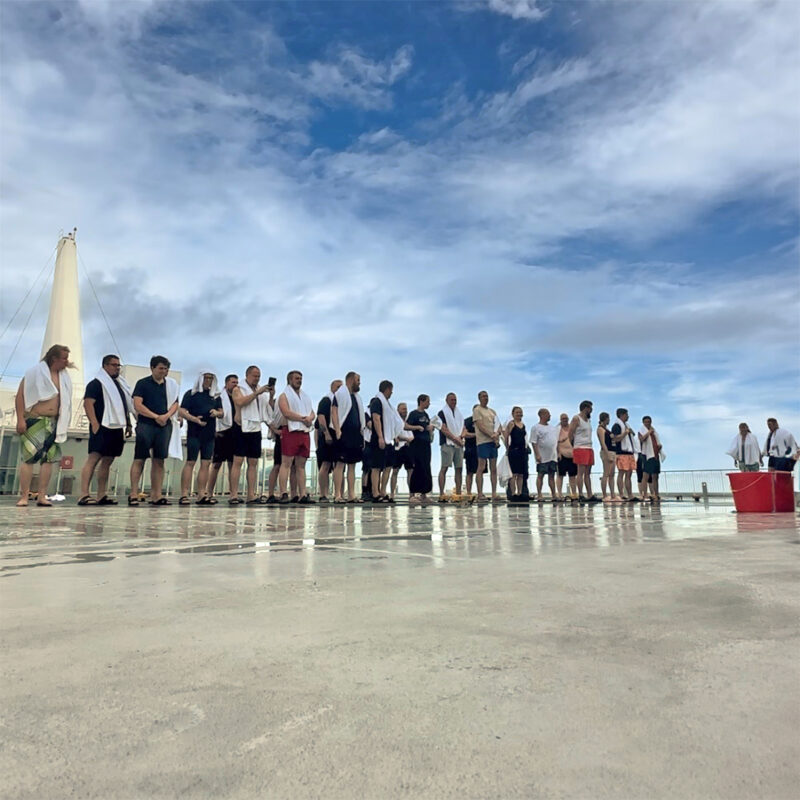
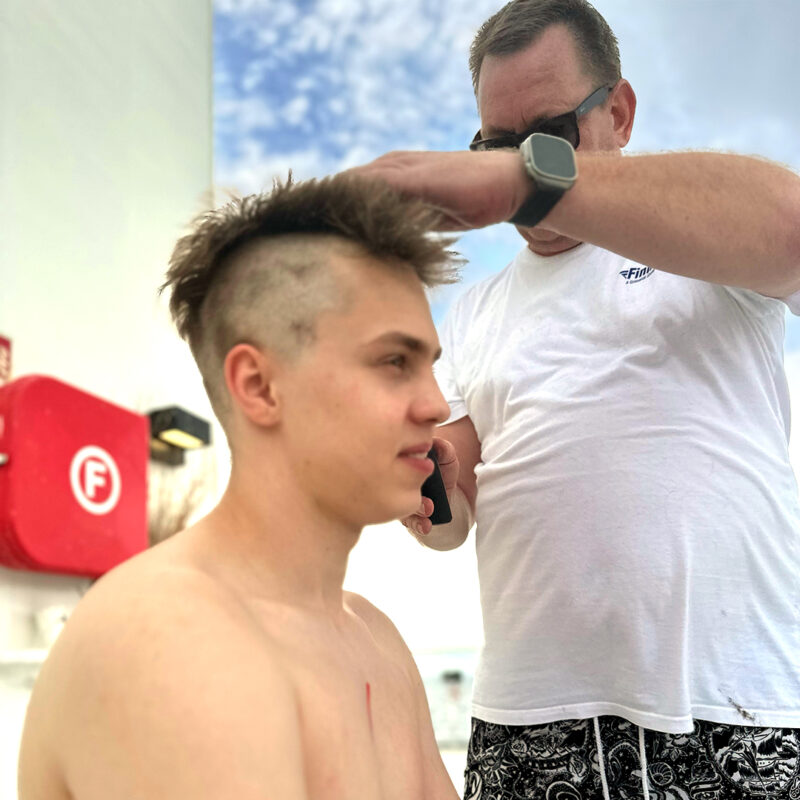
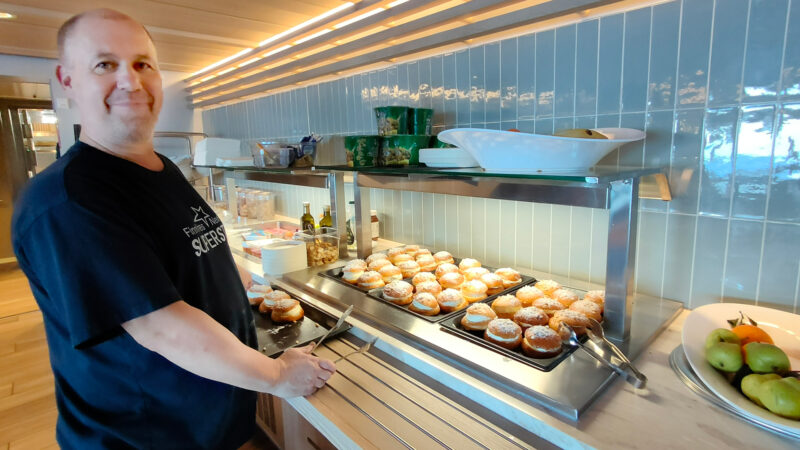
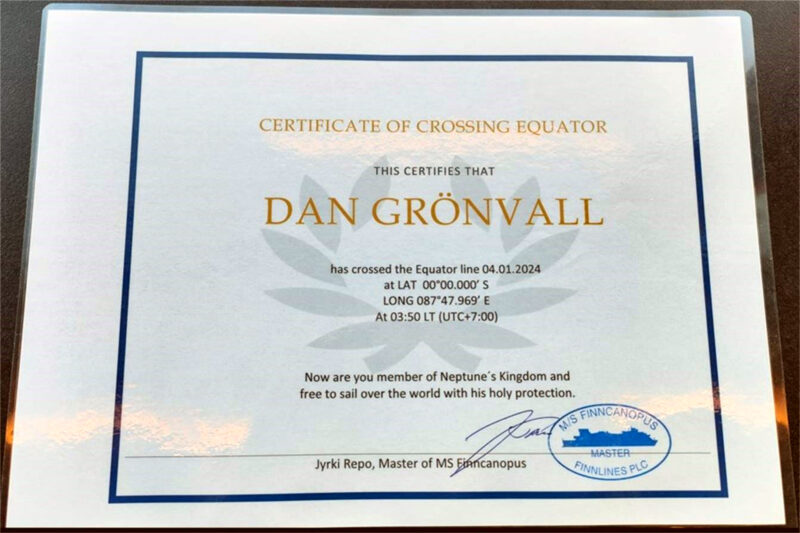
Routines on the Ship and Passing Tropical Islands
The journey continued southward. For those who embarked from Weihai, the sea voyage has been long, and we haven’t even rounded Africa yet. The days of the week seem very similar to each other. Weekly routines and familiar traditions from home bring relief to everyday life. On Thursdays, there is pea soup and pancakes, which reminds everyone that it’s Thursday. Fridays are for pizza. On Sundays, steak is served.
Mostly, the Indian Ocean is vast open sea, with no land in sight on the horizon. An exception to this was the passing of the Mauritius islands, which we all went on deck to watch. Next up was Madagascar, but even though the map makes it seem like ‘Finncanopus is passing right by it’, no land was in sight.
Although we still have enough provisions, we are already looking forward to stopping in South Africa, so we can have milk in our coffee again.
